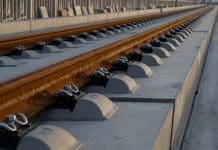HS2 has completed the first of 32 piers for the Water Orton Viaduct as part of the Delta Junction project
The Delta Junction project will be a network of structures in the West Midlands, spanning 1,400 meters.
Balfour Beatty VINCI (BBV), the main construction contractor for HS2 in the West Midlands, is working on both the northbound and southbound sections of the viaduct.
These structures will create a vital link between HS2’s Birmingham Curzon Street Station and Crewe and Manchester.
What is the Delta Junction?
The Delta Junction is a triangular section of the high-speed railway that includes nine pre-made viaducts raised roadways, and different bridge structures. More than 10km of track will run through this network, crossing over highways, streets, and rivers.
With its tallest point reaching 20 meters, the twin Water Orton Viaducts will be one of the largest structures on the HS2 route. These viaducts will transport trains over the M42, the Birmingham to Peterborough rail line, and the River Tame.
These piers will be installed using inventive construction techniques and specialised machinery. The deck components themselves will be manufactured at HS2’s nearby Kingsbury factory in Lea Marston.
This factory will build 2,742 segments that will make up the entirety of the Delta Junction, producing over 6km of post-tensioned viaduct. The segments will be moved via haul roads to minimise HS2’s impact on local traffic.
The junction will be built using sustainable manufacturing techniques
To reduce the environmental impact of the project, HS2 engineers have integrated Ground Granulated Blast-furnace Slag (GGBS) into the structures.
GGBS is a by-product of the steel manufacturing industry and will replace traditional concrete in an environmentally friendly manner, cutting carbon use by 60%.
“This is another key moment for HS2 in the West Midlands as work ramps up on one of the most complex sections of the whole route. The Delta Junction is HS2’s key interchange where the new zero-carbon high-speed railway will connect London, the Midlands, and the North,” said senior project manager for Delta Junction, Sam Hinkley
“Minimising disruption to local communities in this area has been a key consideration in our planning, including the use of innovative pre-cast construction techniques and haul roads to take lorries off local roads,” he continued.
The viaduct will feature highly precise construction methods
Once the piers are complete, the viaduct spans will be formed by raising each segment from temporary suspension towers on the piers. Once each span is finished, the tower will be moved along the viaduct for the next span’s construction.
Using an innovative ‘match-casting’ technique, each viaduct segment is cast next to the one following it, creating a seamless deck upon installation. These segments are highly precise, and adjustable by as little as 5mm.
“Witnessing the removal of the shuttering to reveal the first completed pier for Water Orton Viaduct was an important occasion for the 1,100 people who make up the Delta workforce,” commented David Waite, construction director at Balfour Beatty VINCI.
“With the production line at the Kingsbury pre-cast factory now in full swing, we will start to see the viaduct take shape over the coming months, with the first span due to be completed early next year,” he concluded.



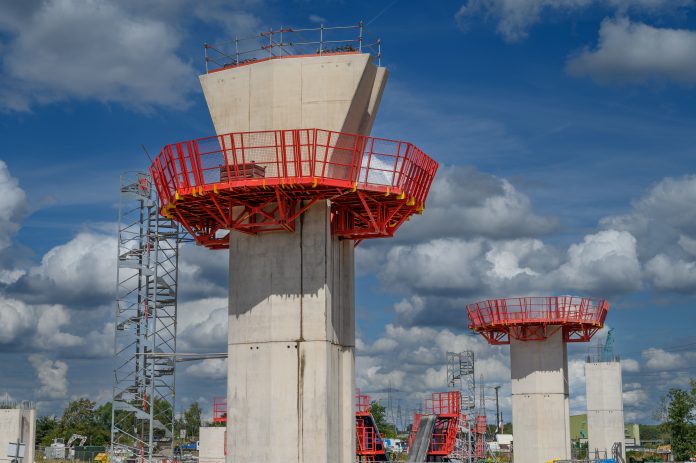


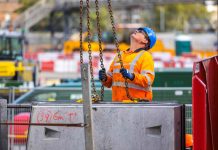
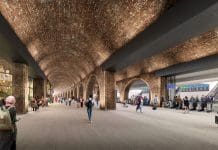
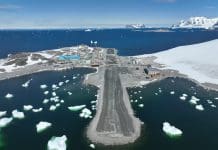
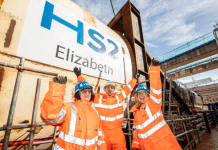

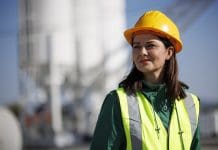

![[VIDEO]: HS2 contractors carry out M42 bridge demolition in timelapse footage of 52 hours Solihull-based firm Armac removed a 4,000 tonne bridge over the M42- and carried out the demolition ahead of schedule](https://www.pbctoday.co.uk/news/wp-content/uploads/2024/02/HS2-contractor-Armac-demolishes-M42-bridge-2_cropped-218x150.jpg)
